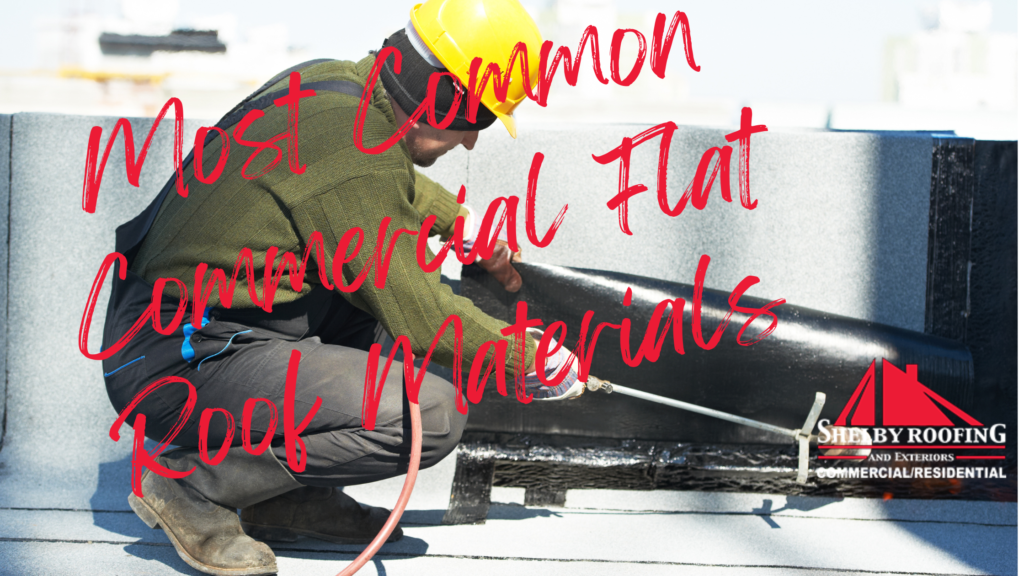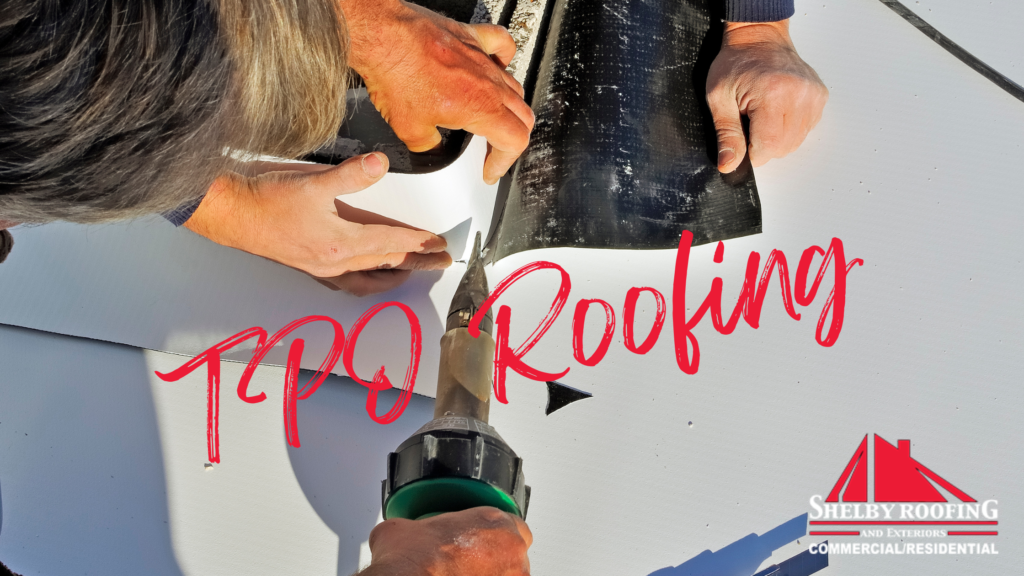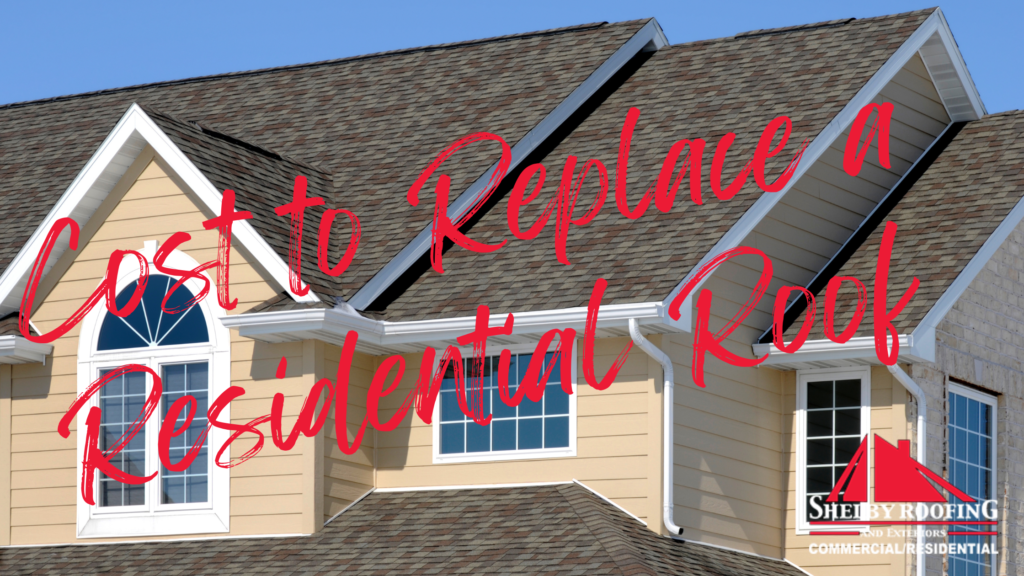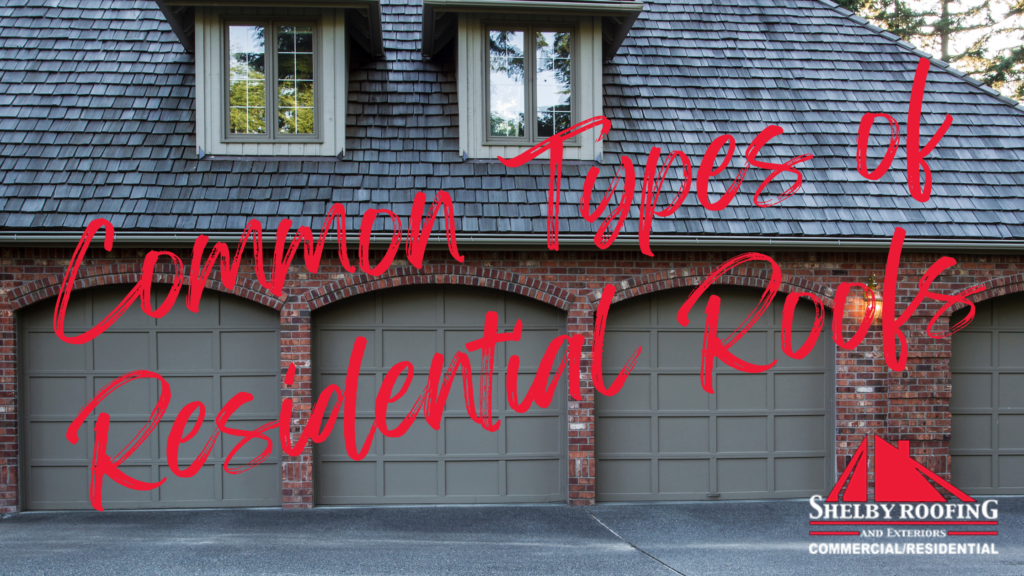Commerical Flat Roof Materials
If you are a commercial business owner, it may be time to replace or repair the flat roofing system of your commercial building. With many flat roof material options to choose from, it is important that you have all the information needed at your fingertips to make the best-informed decision for your business. The type of materials you choose will have an impact on the cost of your commercial roofing project, the lifespan of the new commercial roof, along with the safety and security of your employees and customers.
The Difference Between Flat Roofing and Sloped Roofing
While sloped roofing is most often chosen for residential housing for their performance and aesthetics, commercial businesses find flat roofing to be a better option for their greater accessibility, space, efficiency, and maintenance requirements.
Flat roofs are most often seen on apartment buildings, big box stores, grocery stores, warehouses, and other large commercial buildings. While they may look flat, these low slope roofs have a slight roof pitch of ¼ inch to ½ inch per foot, which allows for proper water drainage and runoff. Since they require fewer materials to build compared to steep slope roofs, flat roofs tend to be more affordable for businesses and are designed for greater longevity and little maintenance.
Why Choose a Flat Roof for Your Commercial Building?
While low slope roofs tend to require slightly more maintenance compared to other commercial roofing systems, commercial flat roofs are made of high-quality, fire-rated materials that can be designed to save you money. Flat roofs made with reflective and eco-friendly roofing materials will help protect your commercial roof from UV and weather exposure, while improving your facility’s energy performance and delivering annual cost savings on electricity.
The life expectancy of a commercial flat roof ranges from 15 year to more than 30 years. As with any residential or commercial roof, the roof’s lifespan will vary depending on the type of flat roof, materials used to build it, the quality of the installation, and regular maintenance efforts.
5 Most Common Commercial Flat Roofing Materials
Modified Bitumen Roof
If you are a business or property owner that is building a new facility, modified bitumen is an ideal choice that can be employed any time of the year and could last for up to 20 years. Made with a combination of chemical polymer and asphalt, modified bitumen is applied with adhesive sheet rolls that are sealed with a torch and either hot melted, mopped, or cold-applied asphalt. The result is a seamless appearance that has a water-tight seal and is highly effective against damage caused by heavy storms, hail, strong winds, and fire.
Single-Ply Membrane Roofing
Designed with one layer of sturdy material, single-ply roofing is preferred by building owners for its resistance to peeling and weathering with its flexible, watertight seal on low-slope roofs. Single-ply membrane roofing is made from highly robust and UV resistant thermoset (synthetic rubber polymer) or thermoplastics (polymer or fiberglass reinforced plastic-based materials). These materials are used to create three primary types of single-ply roofing, including TPO (thermoplastic polyolefin), EPDM (ethylene propylene diene monomer), and PVC (polyvinyl chloride). The expected lifespan is at least 30 years with proper maintenance.
Built-up Roof (BUR)
Known as a traditional material for building flat roofs, built-up roofing uses multiple layers of materials that are designed to create a lasting, seamless appearance. Starting with an insulation board that is made with a fiberglass reinforced core foam, the contractor will then alternate asphalt or tar on top of the insulation, followed by a layer of gravel to seal the various layers. The unique composition and method allow for an extremely durable roof that can withstand heavy weather, reflect heat, and requires little maintenance with a lifespan of 20 to 30 years.
Metal Roofing
Metal roofs for commercial purposes are preferred by building owners for their appearance, durability, and impressively long lifespan of 40 to 70 years. Common metal commercial roofing materials for flat roofs can include aluminum, copper, tile sheets, coated or stainless steel, corrugated galvanized steel, or an aluminum, zinc, and tin composition. The result is a sleek and sustainable finish that includes protective surface layers that can withstand damage from environmental factors, such as weather exposure, moisture, and pollution.
Green Roofs
If you are a commercial business that is looking to have a sustainable, eco-friendly flat roofing option, you might consider a green roofing system that can last 30 to 50 years. While they are not right for every business or location, they are designed using a strong, waterproof membrane that is covered by green plants. Green roofs are known for their natural energy-saving insulation that absorbs excessive stormwater, improves air quality, and provides a unique and relaxing space for employees and customers to enjoy. While business owners will need to account for ongoing maintenance and care, this option may include utility and local/state government green building incentives.
Selecting the Right Flat Roof Materials for the Job
As with any commercial roofing system, the installation method and overall cost will vary depending on the chosen materials, labor hours, and level of project difficulty. To begin the process of determining what materials are needed for your commercial project, the roofing contractor will need to conduct a full commercial roofing inspection to identify any problem areas that may need repaired or replaced.
Along with considering the allocated project budget, consider the quality of materials in relation to the commercial roof’s potential lifespan. If you expect to move to a new facility as your company expands, you may consider more affordable materials and expect to keep up with proper maintenance to extend the life of the commercial roof. Meanwhile, already established businesses that envision staying in the same location for decades may choose to select higher-quality materials that require less maintenance and have a longer lifespan.
Also keep in mind that the federal government now incentivizes businesses to purchase a new roof when roof damages first appear, rather than business owners focusing on constant repairs and performance issues. Not only are you able to write off the business expense within a year of purchasing a new roof, as per Section 179 of the IRS tax code, but it will also save your business money by replacing the roof at the end of its lifespan.
At Shelby Roofing and Exteriors, our expert roofers offer quality commercial roofing services and always work hard to meet the needs of our customers. Our team has over 40 years of experience installing and maintaining all types of commercial flat roofing systems. No matter if you are looking for a simple commercial roof inspection, maintenance, or repair – or have a larger commercial project to tackle, we are here to help.
If you want to know more about our commercial or residential roofing services, give us a call at 1 (800) 646-1663. You can also request a free consultation by filling out our online form. We are here when you need us.









